Over the years, we’ve seen some incredible student projects that just seem to keep getting better and better. From Kate Kujawa’s wheel material experiments, to Team 31’s Infinity Gardens, to Carnegie Mellon’s Student Built Dark Ride, I’ve been continually impressed by the skill of the next generation of theme park designers. But when it comes to engineering analysis, Matthew Musial’s personal project may be the most detailed yet.
In Project “Apollo”: Continuous Patron Conveyance Ride System, Matthew takes us step-by-step through the entire engineering design and analysis process, from analyzing fatigue loading of the wheel hubs to bolted joint analysis to studying all the possible pinch points. After seeing the project for the first time, I just had to know more about how and why Matthew accomplished such a detailed engineering analysis on his own.
Thanks to Matthew for taking the time to answer our questions.
C101: Hi Matthew, for those who don’t know, please introduce yourself.
Matthew: My name is Matthew Musial, and I recently received my BS in Mechanical Engineering from the University of Florida (UF). I have about two years of professional experience as an intern at companies in Entertainment Engineering and Aerospace & Defense, including The Walt Disney Company and Universal Creative. I was a founding member of the Gator Theme Park Engineering & Design Club at UF in 2017 which has allowed me to be very involved in the themed entertainment industry. I will be starting a full-time job at ATA Engineering working on themed entertainment and aerospace projects later this Summer.

C101: Why did you decide to tackle this project of yours?
Matthew: There were a few motivating factors that led me to start a personal project like this.
First, I realized towards the end of my time in college that I had yet to really take on a serious design project. I had worked internships, got involved in different student organizations, and participated in some themed entertainment design competitions, but I lacked technical work that I could bring to an interview to not only demonstrate my skills but also show what motivates me as an engineer. UF has a great senior design program, and I am very proud of that project, but I also wanted to complete a project that showcased my background and interests in mechanical design and system integration, risk analysis, finite element analysis, human design factors, and themed engineering standards/practices.
Second, I saw other students and industry professionals sharing some of their impressive personal projects online and explaining how rewarding it was for them, which really inspired me to do the same.
Third, after it was clear the Covid-19 pandemic was going to be long term, I wanted to make the best of my situation and use some of the free time I had to better myself and work on something that I was really excited about.
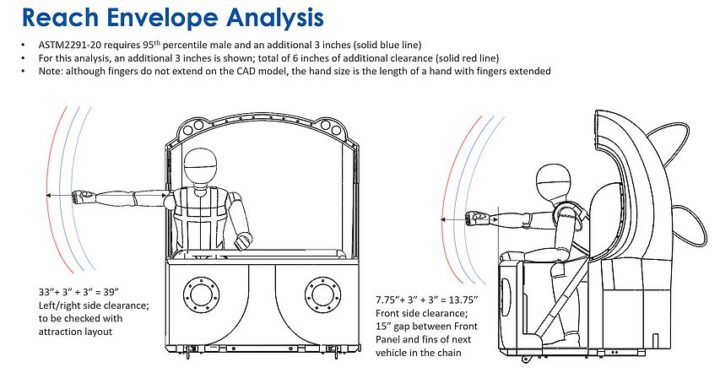
C101: There are now several different theme park design competitions available to students pursuing a career in the themed entertainment industry (not just engineering). Did you ever compete in any of those and if so, what are some of the pros and cons or differences in competing in a team project versus working on your own solo project? Are there any specific skills or creative aspects you can highlight on your own project you couldn’t in one of the design competitions? How do they complement one another?
Matthew: One of my fondest memories during undergraduate was competing in the Ryerson Invitational Thrill Design Competition (RITDC) presented by Universal Creative. This competition was across 4 days hosted at the Universal Orlando Resort and we competed against 11 other schools. Teams were presented challenges on-site and were tasked with creating a solution and presenting their ideas within 24-48 hours to a panel of judges of senior leadership in Universal Creative and some of their partners. All our presentations came down to the last minute, but it was really exciting and rewarding to brainstorm and problem solve in a team setting under such intense deadlines and requirements to then see it pay off in the judge’s feedback. I remember we would sing the Gator Football fight song to boost our spirits when it was getting late. We went through lots of coffee. But everyone on the team had a passion for theme parks and brought unique talents and experiences to the table, which I think were the biggest contributing factors to our team being awarded the Overall Champion of the competition. Two years later, those teammates are still some of my closest friends.
Similar things can be said about my experience with Disney’s Imaginations Design Competition. I think themed entertainment projects are so rewarding because of the people you get to work with and how their individual passions contribute to the overall success of the project, which is missing in an individual/personal project; however, one of the cons of RITDC was that content created for the competition is considered owned by Universal and confidential. So in job interviews I can only really describe some of the problems we solved and can’t showcase it. With a personal project, pictures are worth a thousand words and I have found it to be really useful in conveying the level of detail and technical work that went into the design. A con of Disney Imaginations is that the prompts tend to cater towards more creative disciplines than technical ones. We made our project as technical as it could be since we were a team of 4 engineers, but we still needed to properly convey a story and ‘make things look good,’ for a lack of better words.
C101: What tools or software did you use for engineering and analysis of your theme park ride system?
Matthew: I used the free student version of ANSYS to do some of the finite element analysis on critical components such as the load wheel hub and spindle which are subject to static loading as well as fatigue conditions. I had a formal FEA course in college, but I also learned how to use the ANSYS tool from online resources from Cornell University and tutorials on YouTube. I used system level hazard analysis and failure modes and affects analysis (FMEA) techniques that I learned from both of my internships at Universal Creative and The Walt Disney Company to identify and mitigate risks in the design to an acceptable level. UF has access to the online library of ASTM standards, so I leveraged applicable F24 standards as the basis for some of my design decisions. I researched patents to get a better understanding of some common restraint designs and other ride vehicles technologies to help inspire my design. I also found public NASA standards and CDC anthropometric data that were very valuable when analyzing the reach envelope and conducting the pinch point study of the design.
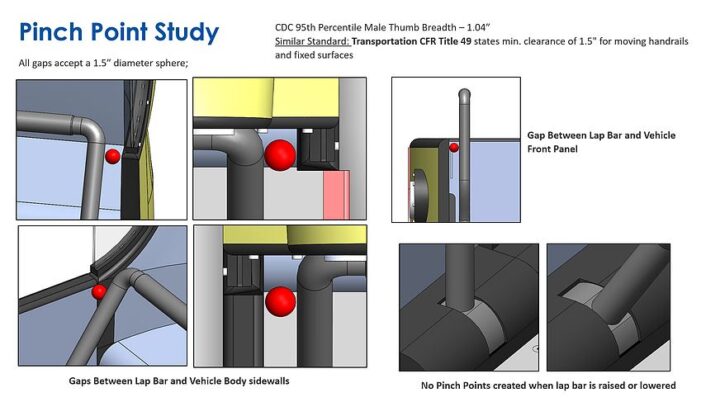
C101: What was the biggest surprise you learned along the way?
Matthew: The biggest surprise was how useful it was to do the hazard analysis concurrently with the design process. It allowed me to identify early design flaws and then drove which components should require analysis because of certain failure modes or hazardous conditions. It was really satisfying to identify a potential hazard, have engineering calculations/simulations to justify a remote likelihood, and then tie the condition to an ASTM standard, thus validating the design’s integrity and safety.

C101: What would you say the biggest challenge was?
Matthew: One of the biggest challenges was staying within the student node limit of the ANSYS tool while also generating an accurate model of the part being studied. I spent a lot of time learning techniques to simplify an analysis, such as using model symmetry effectively and how to locally refine meshes with features like virtual topology to better discretize the solid. Because I simplified the model and made some assumptions, I had to also be vigorous in validating the model to hand calculations to really be confident in the solution integrity.
C101: What advice would you give to another student starting their own personal project?
Matthew: I think the best advice I can offer is to just do it. Personal projects can be hard because they are self-starting, meaning you must find the discipline to complete the work since there are no actual deadlines or someone managing your results. If possible, find someone or a group to share updates of your work with, or find ways to motivate certain milestones.
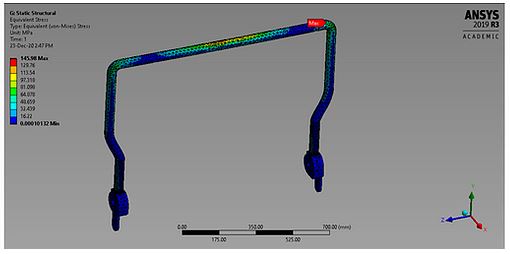
C101: What are your career goals?
Matthew: I have always had an affinity for the creative use of technology and storytelling accomplished in themed entertainment engineering projects. From an early age I really enjoyed learning as much as I could about the technology behind the experiences, particularly the ride vehicles, which inspired me to pursue engineering. To this day I am still fascinated by how ride vehicles can move people through a space, direct their attention to certain show elements, and make them ‘feel something’ — such as feeling Kylo Ren use ‘the force’ on your trackless ride vehicle, the rev of the engine on Hagrid’s motorbike, or the ‘breathing’ of the banshee on Flight of Passage. My career goals for the future would be to be able to contribute to the design, sustainment, and problem solving of ride vehicle systems of the highest caliber that help create these one-of-a-kind experiences and lifelong memories for theme park guests.
C101: And to finish up, we always ask, what’s your favorite ride or roller coaster?
Matthew: My favorite ride is The Amazing Adventures of Spiderman at Islands of Adventure.
Thanks again to Mathew for taking the time and answering our questions. Your project is truly an inspiration for future students to aspire to. If you’d like to know more about Matthew, his projects or interest, you can connect with him on LinkedIn:

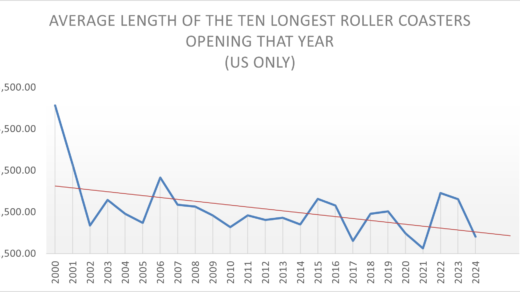
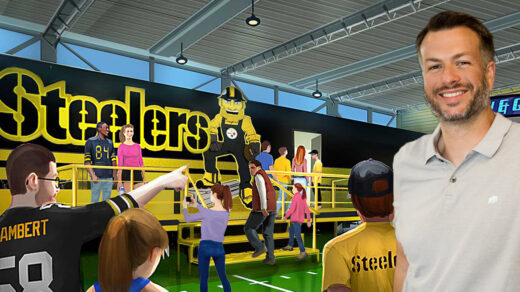
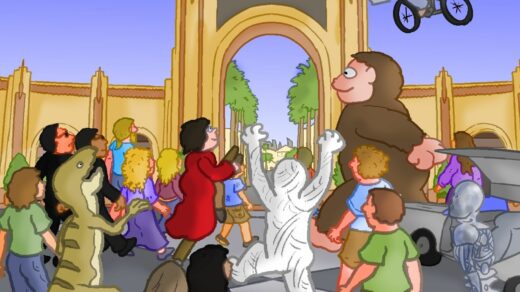



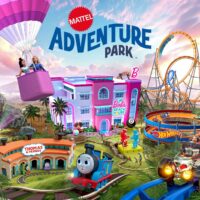
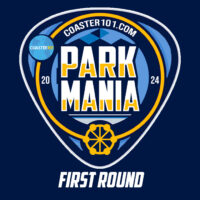



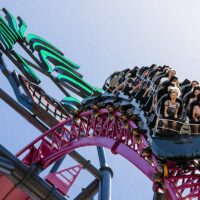
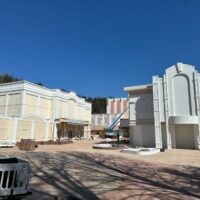
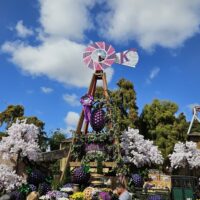
” find someone or a group to share updates of your work with”
it might sound too simple, or even silly, but this is great advice for anything you are trying to do on your own.
It is how Dr Phil, Weight Watchers and various addiction support groups function, it comes to having someone to be accountable to report to, someone to chase you when you are falling behind.